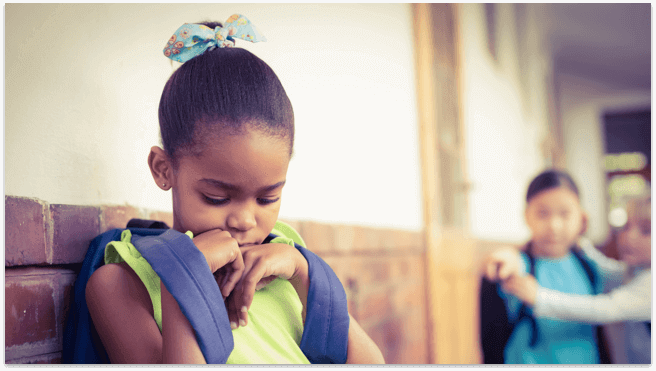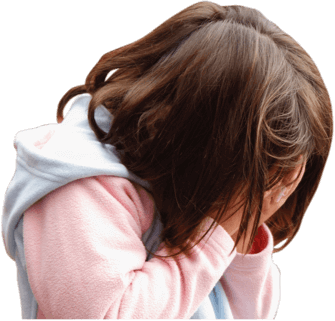-
Addiction
-
Alcohol Abuse & Addiction
- Effects of Alcohol
- Casual Drinking
- High Functioning Alcoholic
- Alcohol Rehab
- Alcohol Detox
- Alcohol Recovery
Alcohol Abuse & Addiction -
Drug Addiction
-
Prescription Drug Addiction
-
Co-Occurring Disorders
-
Who Addiction Affects
-
Signs and Symptoms
 Addiction
Addiction
DrugRehab.com provides information regarding illicit and prescription drug addiction, the various populations at risk for the disease, current statistics and trends, and psychological disorders that often accompany addiction. You will also find information on spotting the signs and symptoms of substance use and hotlines for immediate assistance.
-
Alcohol Abuse & Addiction
-
Treatment
 Treatment
Treatment
Treatment for addiction takes many forms and depends on the needs of the individual. In accordance with the American Society of Addiction Medicine, we offer information on outcome-oriented treatment that adheres to an established continuum of care. In this section, you will find information and resources related to evidence-based treatment models, counseling and therapy and payment and insurance options.
-
Active Recovery
-
12-Step Programs
-
Faith & Religion
 Faith & Religion
Faith & Religion
Treatment for addiction takes many forms and depends on the needs of the individual. In accordance with the American Society of Addiction Medicine, we offer information on outcome-oriented treatment that adheres to an established continuum of care. In this section, you will find information and resources related to evidence-based treatment models, counseling and therapy and payment and insurance options.
-
Sober Living Homes
-
Support for Family & Friends
-
Relapse
 Active Recovery
Active Recovery
The recovery process doesn't end after 90 days of treatment. The transition back to life outside of rehab is fraught with the potential for relapse. Aftercare resources such as 12-step groups, sober living homes and support for family and friends promote a life rich with rewarding relationships and meaning.
-
12-Step Programs
-
Find A Rehab Center
-
Georgia
-
New Jersey
-
Indiana
-
Ohio
-
Colorado
-
Maryland
- IAFF Center of Excellence
Maryland -
Missouri
-
Florida
-
Oregon
-
Washington
- The Recovery Village Ridgefield
Washington
 Our Community
Our Community
Our community offers unique perspectives on lifelong recovery and substance use prevention, empowering others through stories of strength and courage. From people in active recovery to advocates who have lost loved ones to the devastating disease of addiction, our community understands the struggle and provides guidance born of personal experience.
-
Georgia




 It is less clear whether being bullied causes people to engage in substance abuse. One theory suggests that alcohol and other drug use is a way to cope with bullying victimization. Victims might use drugs to self-medicate symptoms of depression or anxiety that developed after being bullied. Bullies may use drugs to cope with the same mental health issues that caused them to act out.
It is less clear whether being bullied causes people to engage in substance abuse. One theory suggests that alcohol and other drug use is a way to cope with bullying victimization. Victims might use drugs to self-medicate symptoms of depression or anxiety that developed after being bullied. Bullies may use drugs to cope with the same mental health issues that caused them to act out.


 Bystanders are also likely to experience negative side effects from observing bullying. Outsiders and reinforcers can exacerbate side effects that victims experience, and defenders can prevent side effects by sticking up for victims of bullying.
The media often links suicide to bullying, but studies haven’t revealed a strong association between suicidal thoughts and bully victimization. Recent research indicates that cyberbullying may increase the risk of suicide more than traditional bullying, but bullying is one of a number of risk factors that contribute to suicide risk.
Other risk factors for suicide include depression, exposure to trauma and problems at home. Overall, experts believe that bullying can make a bad situation worse, but it isn’t the sole cause of suicidal thoughts.
Media reports also link victims of bullying to violent behavior. This link does appear to be strong when bullying is severe. In a 2004 U.S. Department of Education and Secret Service report on violence in schools, researchers found that 29 of the 37 attackers involved in targeted school violence incidents from 1974 to 2000 felt bullied, threatened or attacked before the incident.
The authors of the report noted that very few students who are bullied act out violently, but the attackers that they examined had been bullied to the point of torment. If the bullying that they endured had occurred in a workplace, they would meet the legal definitions of harassment or assault, the authors wrote.
Bystanders are also likely to experience negative side effects from observing bullying. Outsiders and reinforcers can exacerbate side effects that victims experience, and defenders can prevent side effects by sticking up for victims of bullying.
The media often links suicide to bullying, but studies haven’t revealed a strong association between suicidal thoughts and bully victimization. Recent research indicates that cyberbullying may increase the risk of suicide more than traditional bullying, but bullying is one of a number of risk factors that contribute to suicide risk.
Other risk factors for suicide include depression, exposure to trauma and problems at home. Overall, experts believe that bullying can make a bad situation worse, but it isn’t the sole cause of suicidal thoughts.
Media reports also link victims of bullying to violent behavior. This link does appear to be strong when bullying is severe. In a 2004 U.S. Department of Education and Secret Service report on violence in schools, researchers found that 29 of the 37 attackers involved in targeted school violence incidents from 1974 to 2000 felt bullied, threatened or attacked before the incident.
The authors of the report noted that very few students who are bullied act out violently, but the attackers that they examined had been bullied to the point of torment. If the bullying that they endured had occurred in a workplace, they would meet the legal definitions of harassment or assault, the authors wrote.

 If you’re being cyberbullied, save text messages and emails or take screenshots of the harassment. You can also protect yourself from some forms of cyberbullying by making your social media accounts private or blocking other users.
Despite the myth that a bully will back down if you stand up to him or her, you shouldn’t retaliate against a bully. You could be held accountable for breaking rules or laws, and you could end up becoming a bully yourself.
If you’re being cyberbullied, save text messages and emails or take screenshots of the harassment. You can also protect yourself from some forms of cyberbullying by making your social media accounts private or blocking other users.
Despite the myth that a bully will back down if you stand up to him or her, you shouldn’t retaliate against a bully. You could be held accountable for breaking rules or laws, and you could end up becoming a bully yourself.


